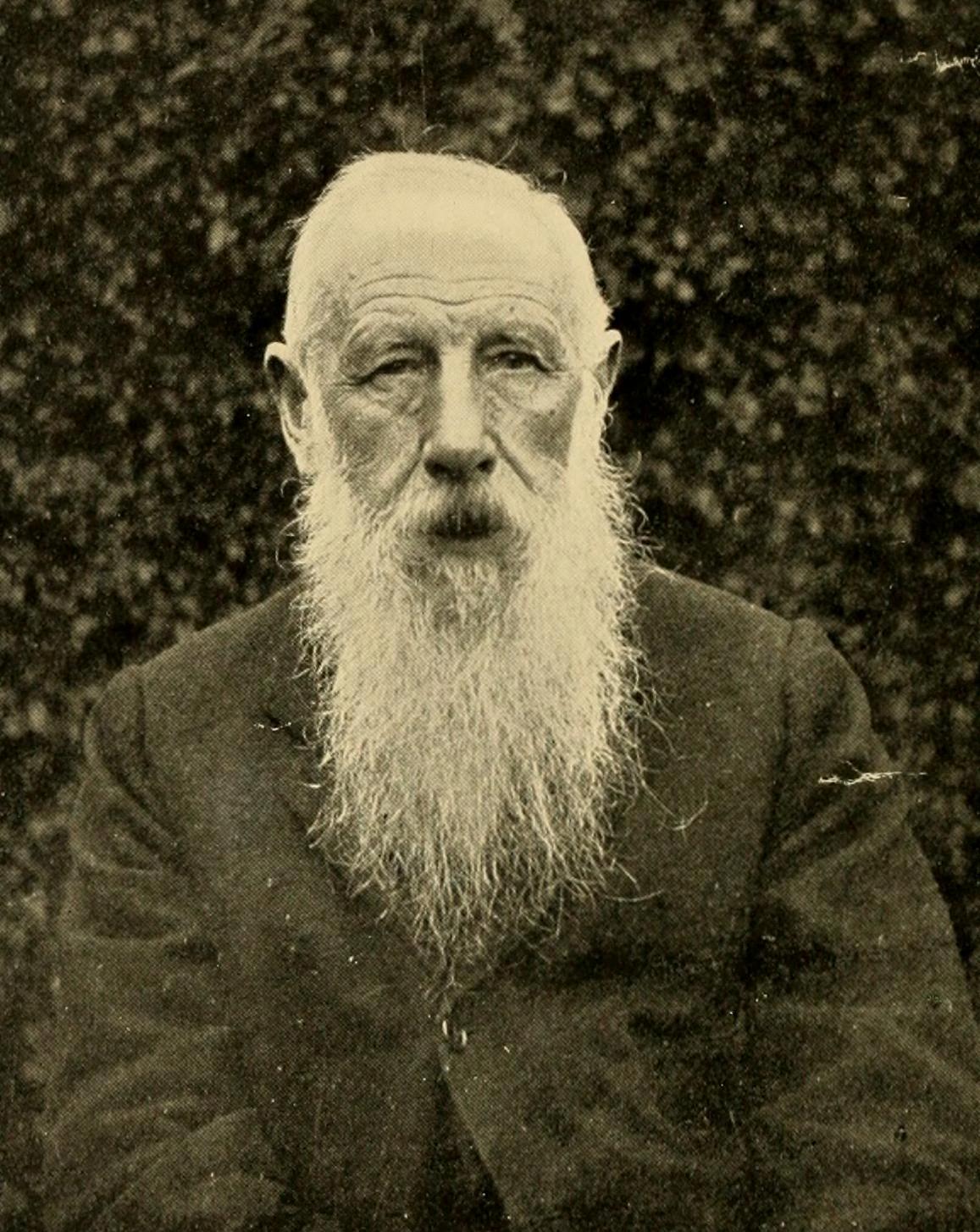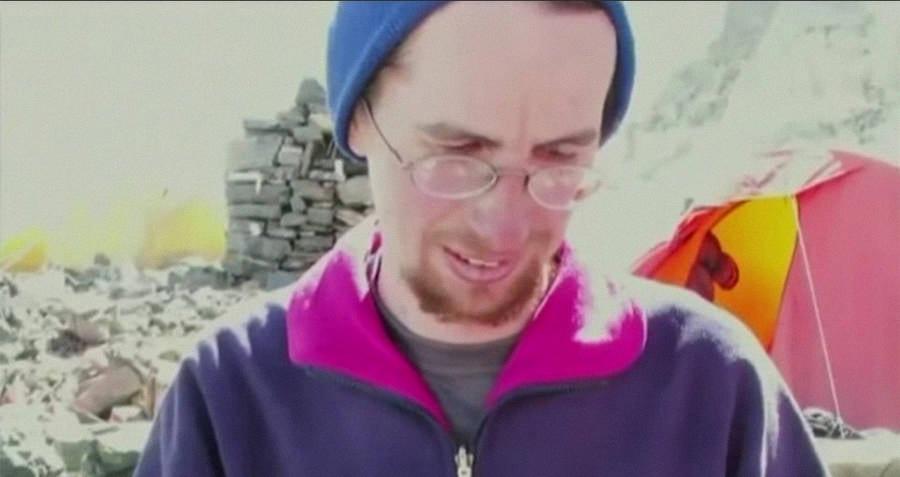David Sharp was a British mountaineer who tragically lost his life on Mount Everest in 2006. His death sparked a heated debate about the ethics of high-altitude mountaineering and the responsibilities of climbers towards one another.
Sharp was attempting to climb Everest solo and without the use of supplemental oxygen. He had minimal equipment and was not part of an organized expedition. On May 14th, he reached the summit but was unable to descend due to exhaustion and altitude sickness. He took refuge in a small cave at 8,500 meters, known as “Green Boots Cave” due to the presence of a dead climber, Tsewang Paljor, whose boots were visible from the entrance.
Several climbers passed by Sharp on their way to the summit, but none stopped to help him. Some reported that he was still alive, but too weak to communicate or move. Others claimed that he was already dead. Despite calls for rescue, no one attempted to reach him until two days later, by which time he had died.
Sharp’s death raised questions about the ethics of high-altitude mountaineering. Some argued that the responsibility of rescuing climbers in distress lay with organized expeditions, who had the resources and manpower to do so. Others argued that climbers had a duty to help one another, regardless of their affiliation.
The controversy surrounding Sharp’s death led to chages in the regulations surrounding mountaineering on Everest. The Nepalese government introduced stricter guidelines for climbers, including a requirement that all climbers be accompanied by a sherpa guide. The International Mountaineering and Climbing Federation also issued new guidelines on the responsibilities of climbers towards one another.
Despite the tragedy of his death, David Sharp remains a respected figure in the mountaineering world. His determination and courage in attempting to climb Everest solo without supplemental oxygen is a testament to the spirit of adventure that drives climbers to push themselves to their limits. His death, however, serves as a reminder of the dangers of high-altitude mountaineering and the importance of safety and responsibility in this challenging pursuit.
Could David Sharp Have Been Saved?
David Sharp, a British mountaineer, tragically lost his life on Mount Everest in 2006. The circumstances of his death have been the subject of much debate and controversy. Sharp was attempting to summit Everest alone and unsupported, without the aid of Sherpas or supplemental oxygen. He encountered difficulties and was unable to make it back to his high camp.
If David Sharp had been part of a well-resourced, expensive expedition with around six Sherpas to carry him, spare oxygen cylinders and medical attention at the high camp, it is possible that he coud have been rescued. However, it is important to note that rescue on Everest is notoriously difficult, and there are many factors that could have made it impossible to save his life.
Firstly, Everest is the highest mountain in the world, and the altitude at which Sharp was stranded was over 8,000 meters. This is known as the “death zone,” as the human body cannot acclimatize to the low oxygen levels at this altitude. Even with oxygen, it is extremely difficult to survive in this environment, and any rescue attempt would have been extremely challenging.
Secondly, the weather on Everest is notoriously unpredictable, and conditions can change rapidly. Even with the best forecasting, it is impossible to predict with certainty what the weather will be like on any given day. If a rescue team had attempted to reach Sharp in bad weather, they could have put their own lives at risk.
The logistics of a rescue on Everest are incredibly complex. Any rescue team would need to be well-equipped and well-trained, with a significant amount of experience at high altitude. They would also need to be able to carry all of the necessary equipment and supplies with them, which would be a significant logistical challenge.
While it is possible that David Sharp could have been rescued if he had been part of a well-resourced, expensive expedition, it is impossible to say for sure. The challenges of rescue at high altitude, unpredictable weather, and complex logistics make it extremely difficult to save lives on Everest.
Source: al.com
The Fate of Green Boots on Mount Everest
Green Boots is still on Mount Everest. Green Boots was a nickname givn to an unidentified climber who died on Mount Everest in 1996. His body still remains on the mountain, 25 years after his death. The body was buried in the snow and stones by someone on the request of his family. Despite the burial, Green Boots’ body is still on the mountain and has become a landmark on Mount Everest. His body is a grim reminder of the dangers of climbing the world’s highest peak, and serves as a memorial to all those who have lost their lives attempting to conquer the mountain.
The Discovery of David Sharp
David Sharp was found by climber Maxime Chaya and his team on their descent from the summit. More than 30 climbers had passed Sharp by until Chaya and his team discovered him still in the cave.
Cancellation of ‘Everest Beyond The Limit’
Everest Beyond the Limit was cancelled due to the tragic event that occurred on Mount Everest in 2014. Thirteen Sherpas were killed in an avalanche that overcame their base on the mountain, whih led to the cancellation of all climbing expeditions for that season. The Discovery Channel, which produced the series, decided to cancel the show as a mark of respect for the victims and their families. Additionally, the event highlighted the dangers of climbing Mount Everest, and many felt that continuing to broadcast a show that portrayed the pursuit of such a dangerous goal would be in poor taste. As a result, Everest Beyond the Limit was cancelled and has not been revived since.
Nim Purja’s Current Activities
Nim Purja, also known as Nimsdai, is currently running his Elite Exped guiding company and leading expeditions to some of the highest peaks in the world. Earlier this year, he led expeditions on three of the world’s highest mountains, namely Kanchenjunga, Mount Everest, and K2. Apart from guiding climbers, Purja has also been actively involved in cleaning up the high camps and promoting sustainable mountaineering practices. His recent efforts on K2 resulted in a successful cleanup drive, which helped in removing tonnes of garbage and debris left beind by previous expeditions. With his passion and skills, Purja continues to inspire and motivate climbers around the world to push their limits and achieve their dreams.
Source: en.wikipedia.org
Cost of Climbing Mount Everest
Climbing Everest is an expensive endeavor and the cost varies depending on several factors. In the year 2017, the cost of climbing Everest ranged betwen $28,000 to $120,000, but the prices have continued to increase significantly. As of 2022, the cost of climbing Everest is estimated to be anywhere between $30,000 to $160,000, with the average cost falling around $45,000. The price includes expenses such as permits, guide fees, transportation, accommodation, equipment, and other miscellaneous costs. However, it is important to note that the cost may vary based on the level of support provided by the expedition company, the duration of the climb, and the equipment and gear that the climber chooses to bring along. Additionally, unforeseen circumstances such as weather conditions may result in additional expenses.
The Age of the Oldest Dead Body Found on Mount Everest
The oldest dead body found on Mount Everest is that of George Mallory, who died in 1924 during his attempt to be the first person to climb the mountain. Mallory’s body was discovered 75 years later in 1999, due to an unusually warm spring that caused the snow and ice to melt. Prior to this discovery, Mallory’s fate had remained a mystery, as it was unclear whether he had reached the summit before his death. The discovery of his body has provided new insight into the early attempts to climb Everest and has sparked ongoing debates about his achievements and legacy.
The Most Famous Dead Body on Mount Everest
The most famous dead body on Everest is commonly referred to as “Green Boots.” The person behind this name is Tsewang Paljor, an Indian climber and constable with the Indo-Tibetan Border Police. Paljor’s body has been visible on the mountain since 1996 when he died during the infamous Everest disaster. He was part of a group of climbers who got caught in a blizzard while descending from the summit. Despite the efforts of fellow climbers, Paljor perished on the mountain. His body has been left in place, and over time, it has become a landmark for othr climbers. The nickname “Green Boots” comes from the green mountaineering boots that Paljor was wearing at the time of his death. While his body has become a well-known feature of the mountain, it is also a poignant reminder of the dangers of climbing Everest and the risks that climbers take in pursuit of their dreams.
Exploring the Identity of Sleeping Beauty on Mount Everest
Sleeping Beauty on Everest is the nickname givn to Francys Arsentiev, an American mountain climber who attempted to summit Mount Everest in 1998. She succeeded in reaching the top of the world’s highest mountain but passed away on her way back to the base camp. The nickname Sleeping Beauty refers to her being left behind by her climbing partner, who was unable to help her descend due to his own physical condition. Arsentiev’s body remained on the mountain for several years until it was eventually recovered and brought down by a team of climbers. Her tragic story has become a cautionary tale in the mountaineering community, highlighting the dangers of high altitude climbing and the importance of teamwork and safety protocols.
Source: allthatsinteresting.com
Did Nims Successfully Rescue the Climber?
Unfortunately, Nims did not manage to save the climber. Despite superhuman efforts from the Project Possible team, after 10 hours, they realized that no other support was coming. They were only about half an hour from Camp 4, but inevitably with no new supplies coming up the mountain, oxygen ran out. Neither of the Indian climbers made it off Kanchenjunga alive that day. It was a tragic outcome, and Nims and his team did everything they could to try and save the climbers, but ultimately the situation was beyond their control.
The Search for Mallory: Has She Been Found?
Mallory has been found. His body was discovered after 75 years of being missing on 1st May, although it is believed that he died on Mount Everest in 1924. Mallory’s remains were discovered by an expedition in 1999, and his body was officially identified in 2000 through DNA testing. The discovery of Mallory’s body has provided new insights into the fateful 1924 expedition, and has sparked renewed interest in the mystery of whether or not Mallory and his climbing partner, Andrew Irvine, reached the summit of Mount Everest before their deaths.
Did Dr Chin Conquer Annapurna?
Unfortunately, Dr Chin did not survive his expedition on Annapurna. He was in critical condition after experiencing two nights of extreme cold and had severe respiratory problems in addition to frostbite on his hands and feet. Global Rescue arranged for an air-ambulance to fly him to Singapore on April 27, but he passed away five days later in the National University Hospital. Despite efforts to save his life, Dr Chin ultimately did not survive his time on Annapurna.
Has Russell Brice Experienced the Loss of a Climber?
Russell Brice has lost a climber. In 2006, climber David Sharp was found in a weakened state high on Mount Everest by Brice’s climbers. Despite footage being filmed of Sharp, he was deemed impossible to save and left to die. The incident sparked controversy and criticism towards the commercialization of Everest expeditions and the ethics of leaving a fellow climber to die.
Source: wbsc.org
Number of Unfound Bodies on Mount Everest
It is estimated that there are around 200 bodies on Mount Everest, some of which are located along popular climbing routes. However, there are also a number of bodies that have neer been found, and their exact number is unknown. The harsh and unpredictable weather conditions on the mountain, combined with the difficult terrain, make it incredibly challenging to locate and recover bodies that have gone missing. As a result, many climbers who have perished on Everest have never been found, leaving their fate a mystery. Despite the risks and dangers associated with climbing Everest, many continue to attempt to summit the peak each year, driven by the allure of the challenge and the breathtaking views from the top.
The Deadly Consequences of Climbing Mt Everest
The lack of oxygen is the main factor that ends up killing many climbers on Mt Everest. Since the mountain’s peak stands at 29,029 feet, it is located in what is known as the “death zone” or the altitude above 26,000 feet, where the air becomes extremely thin, making it difficult for humans to breathe. As a result, climbers can suffer from altitude sickness, hypoxia, cerebral edema or pulmonary edema, which can all be fatal. Despite oxygen tanks and other equipment, many climbers still fall victim to the deadly effects of the mountain’s high altitude. Over 300 climbers have lost ther lives on Mt Everest, with one-third of them dying due to the lack of oxygen.
Conclusion
David Sharp’s death on Mount Everest was a tragic event that sparked controversy and debate among the mountaineering community. While some criticized the lack of action taken by other climbers who passed him on their way to the summit, others argued that the harsh conditions and logistical challenges of the mountain made it difficult to provide assistance. Despite the circumstances of his death, Sharp’s legacy lives on as a cautionary tale abot the dangers of high-altitude mountaineering and the importance of proper preparation and support. It is possible that with better resources and support, Sharp could have been rescued and his death prevented. However, the extreme conditions of Mount Everest make it impossible to predict and control all outcomes. Ultimately, David Sharp’s story serves as a reminder of the risks and rewards of pursuing one’s passions, and the need for caution and respect in the face of nature’s power.




